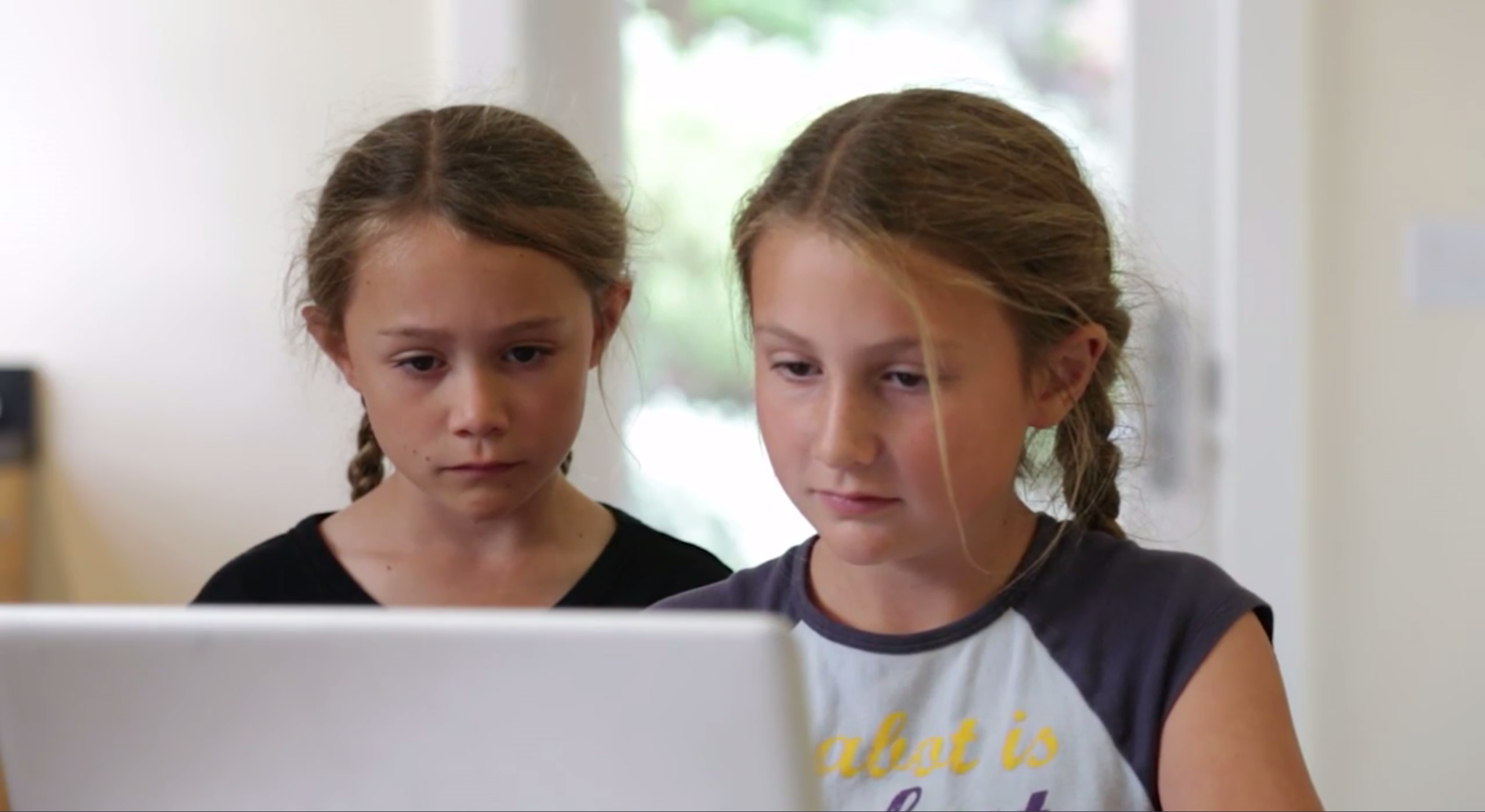
This just in! Breaking news! You don’t want to miss THIS!
If you get your news online or from social media, this type of headline sounds very familiar. What’s real? What’s fake? What’s satire? Now that anyone with access to a phone or computer can publish information online, it’s getting harder to tell. But as more people go to Facebook, Snapchat, Twitter and other online sources for their news and information, it’s even more crucial that all of us — especially kids — learn to decode what we read online. (Learn more about how kids get their news and how they feel about it in Common Sense Media’s report, News and America’s Kids: How Young People Perceive and Are Impacted by the News.)
There’s so much fake news online that Google and Facebook are starting to actively crack down on publishers of false or misleading news. But ad-supported networks are in somewhat of a bind, since they get money when users click on these stories — so the crazier the headline, the more money they make. Most kids and teens get their news from their feeds, so they need to learn how to view stories critically (and they should learn that skill anyway!). Even little kids can start to think about some key media-literacy questions. And as kids get older, parents can help kids become more sophisticated critical thinkers. (If your kid’s school is tackling media-literacy issues, consider sharing this with their teachers.)

Here are a few basic questions to consider whenever you and your kids encounter a piece of media:
- Who made this?
- Who is the target audience?
- Who paid for this? Or, who gets paid if you click on this?
- Who might benefit or be harmed by this message?
- What is left out of this message that might be important?
- Is this credible (and what makes you think that)?
(Thanks to Project Look Sharp for these questions.)
Older kids especially might enjoy learning tricks to spot fake news. Here are a few things to watch for:
- Look for unusual URLs or site names, including those that end with “.co” — these are often trying to appear like legitimate news sites, but they aren’t.
- Look for signs of low quality, such as words in all caps, headlines with glaring grammatical errors, bold claims with no sources, and sensationalist images (women in bikinis are popular clickbait on fake news sites). These are clues that you should be skeptical of the source.
- Check a site’s “About Us” section. Find out who supports the site or who is associated with it. If this information doesn’t exist — and if the site requires that you register before you can learn anything about its backers — you have to wonder why they aren’t being transparent.
- Check Snopes, Wikipedia, and Google before trusting or sharing news that seems too good (or bad) to be true.
- Consider whether other credible, mainstream news outlets are reporting the same news. If they’re not, it doesn’t mean it’s not true, but it does mean you should dig deeper.
- Check your emotions. Clickbait and fake news strive for extreme reactions. If the news you’re reading makes you really angry or super smug, it could be a sign that you’re being played. Check multiple sources before trusting.
By Sierra Filucci, Common Sense Media Executive Editor of Parenting Content and Distribution
(Thanks to Professor Melissa Zimdars of Merrimack College for some of these tips.)
Watch “5 Ways to Spot Fake News”








Leave a Reply